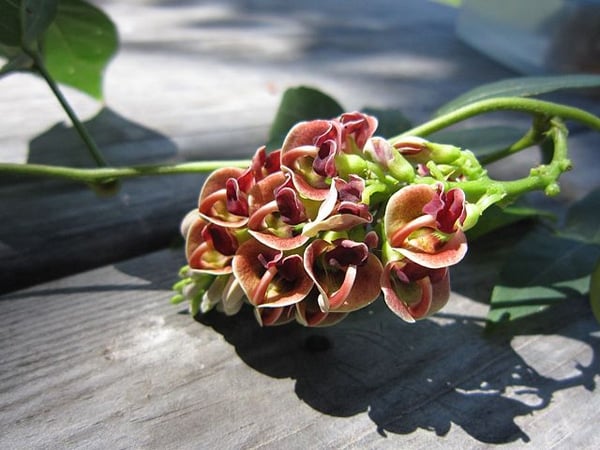

 13
13




Along the way, there needs to be evidence of establishing perennials, these are not expected to produce the first year. If they do, their calories can be counted in the million. But there needs to be evidence that each of these species has been established.

Be joyful, though you have considered all the facts. ~Wendell Berry
 3
3




Kim Goodwin wrote:
Chufa. This is a very hardy and fast growing crop. It makes tubers in it's first year as long as you get them in early. They grow from tubers, and you can get started just by buying and planting raw Tigernuts you can buy in a store or online. One 5 oz bag will plant a good sized area, about a 24-30 sq ft bed in my experience. Each plant produces about a handful of tubers in a season. I haven't weighed that before but it might be between 1/2 to 1 ounce.
One ounce (aprox 30 grams) has 120 calories including 7 grams of fat. This may be the highest fat containing fast growing vegetable.
This is the chufa sold as Tigernuts you can buy easily in the US:
Tigernuts online, raw, unpeeled - can be used for growing them

For this crop to "count" it has to be edible to Paul. I would recommend the traditional way - you soak them, then blend in water and strain, like making a nut milk. The resulting beverage is the traditional "horchata" drink and tastes like almond milk. Add a tad of sweetener, and some ice, and it's delicious, slightly creamy, both refreshing and satisfying.
A build too cool to miss:Mike's GreenhouseA great example:Joseph's Garden
All the soil info you'll ever need:
Redhawk's excellent soil-building series





 2
2














 2
2




Trace Oswald wrote:
I had never heard of this plant. According to the thing I read, it's perennial to zone 3. How have a not heard of this?!?!?!?! Thank much for posting this!
Be joyful, though you have considered all the facts. ~Wendell Berry










 1
1




Jenny Wright wrote:Raspberries! Especially if you get the everbearing or fall bearing varieties.
Artichokes- I only get one bud per plant the first year but that counts for something.
Onions- green onions, chives, walking onions, shallots, etc.
I had a perennial broccoli once (5+ years old). So I consider broccoli a short lived perennial. It died this spring. I'm still sad about it. I've got a new broccoli plant (2 years old) that looks like it might replace the old one. 🤞
Be joyful, though you have considered all the facts. ~Wendell Berry
 1
1




"The future is something which everyone reaches at the rate of sixty minutes an hour, whatever he does, whoever he is." C.S. Lewis
"When the whole world is running towards a cliff, he who is running in the opposite direction appears to have lost his mind." C.S. Lewis

 2
2




How Permies works: https://permies.com/wiki/34193/permies-works-links-threads
My projects on Skye: The tree field, Growing and landracing, perennial polycultures, "Don't dream it - be it! "
 4
4














 1
1




Eino Kenttä wrote:Also, the question is how narrow your definition of perennial is. For example, potatoes are technically perennials (grow from tubers). Of course, they will not reliably survive winter everywhere, but I've seen some come back the next year, even when I lived in a place where winter temperatures go down to -30 C. I suppose this is due to the plant setting some tubers very deep, below deepest frost level.
Be joyful, though you have considered all the facts. ~Wendell Berry










 1
1




For now, the only way you will get your hands on hopniss is to forage or grow them yourself. And if you grow them, it will be a long, often frustrating endeavor. But it may not be like that for long.
For a brief, shining time, scientists at Louisiana State University worked to improve yields and tuber set on Apios americana. It worked, and they got up to 7 pounds of tubers per plant in one season. But sadly, that research ended and has only recently been picked up by the plant geeks at Iowa State University. Slowly, improved hopniss tubers are becoming available.
My great hope is to see hopniss become more widespread. It is more than just a potato substitute. It is a world-class food plant that happens to be native to the United States. And that’s a good thing.

Be joyful, though you have considered all the facts. ~Wendell Berry














Be joyful, though you have considered all the facts. ~Wendell Berry










 2
2




Be joyful, though you have considered all the facts. ~Wendell Berry

|
I think they should change the spelling to Sandy Eggo. This tiny ad agrees with me.
Heat your home with the twigs that naturally fall of the trees in your yard
http://woodheat.net
|







